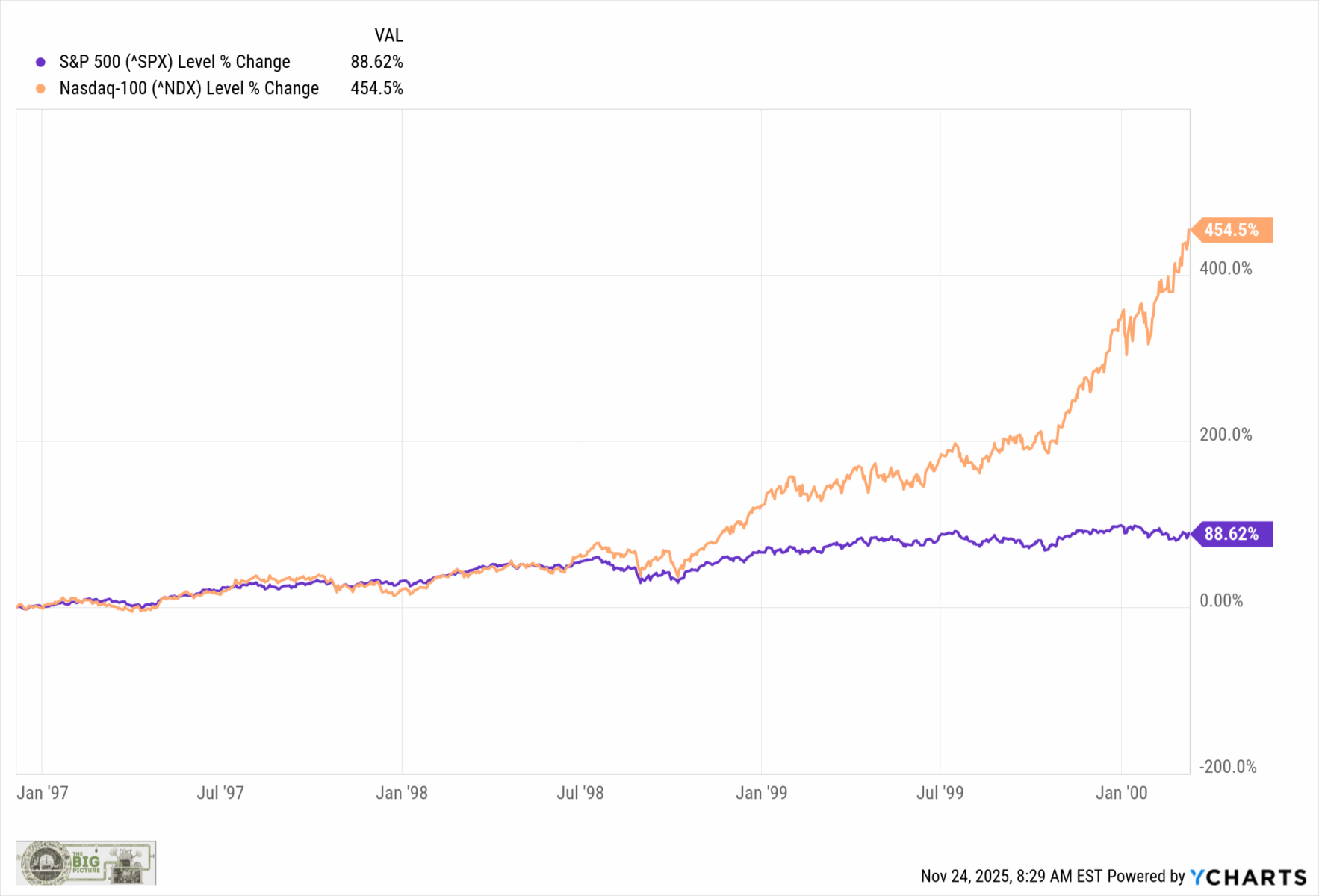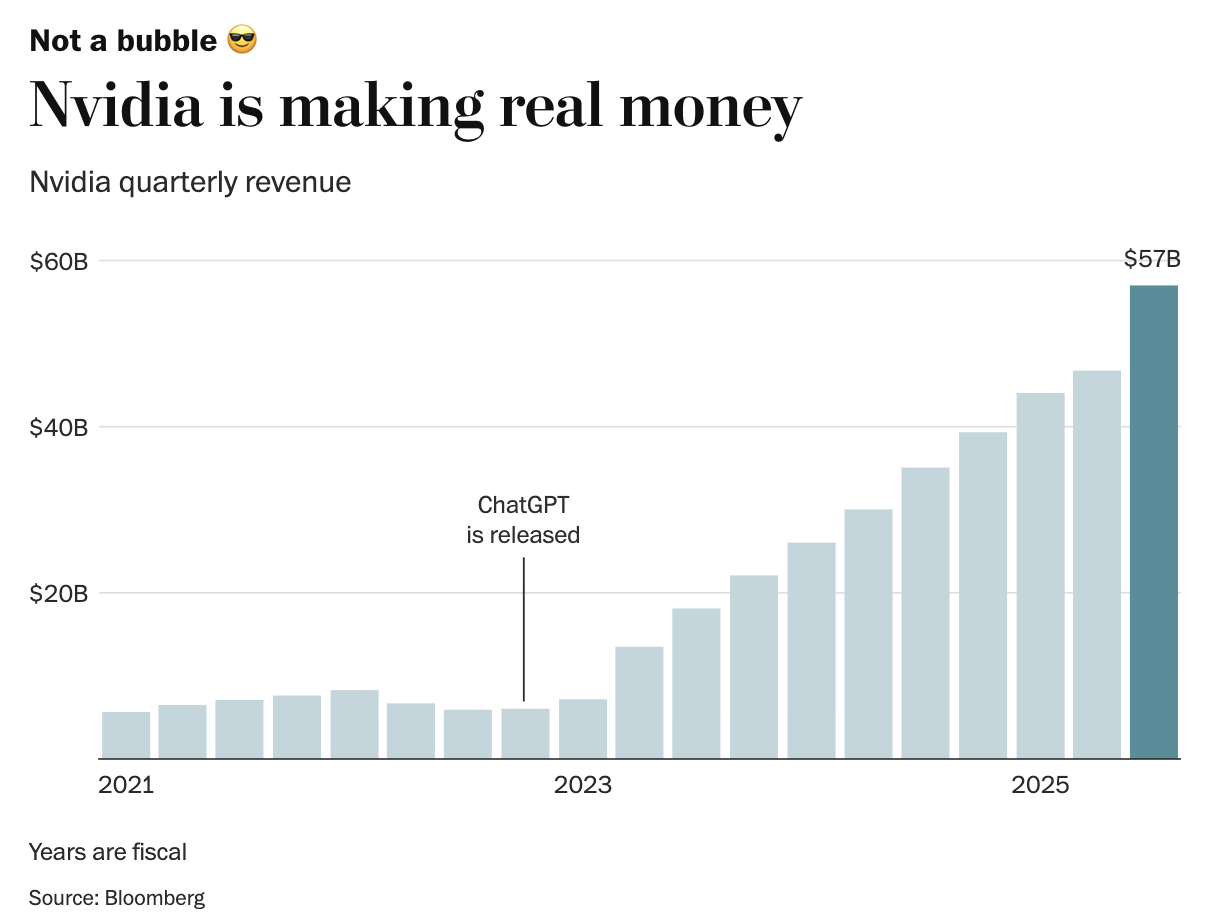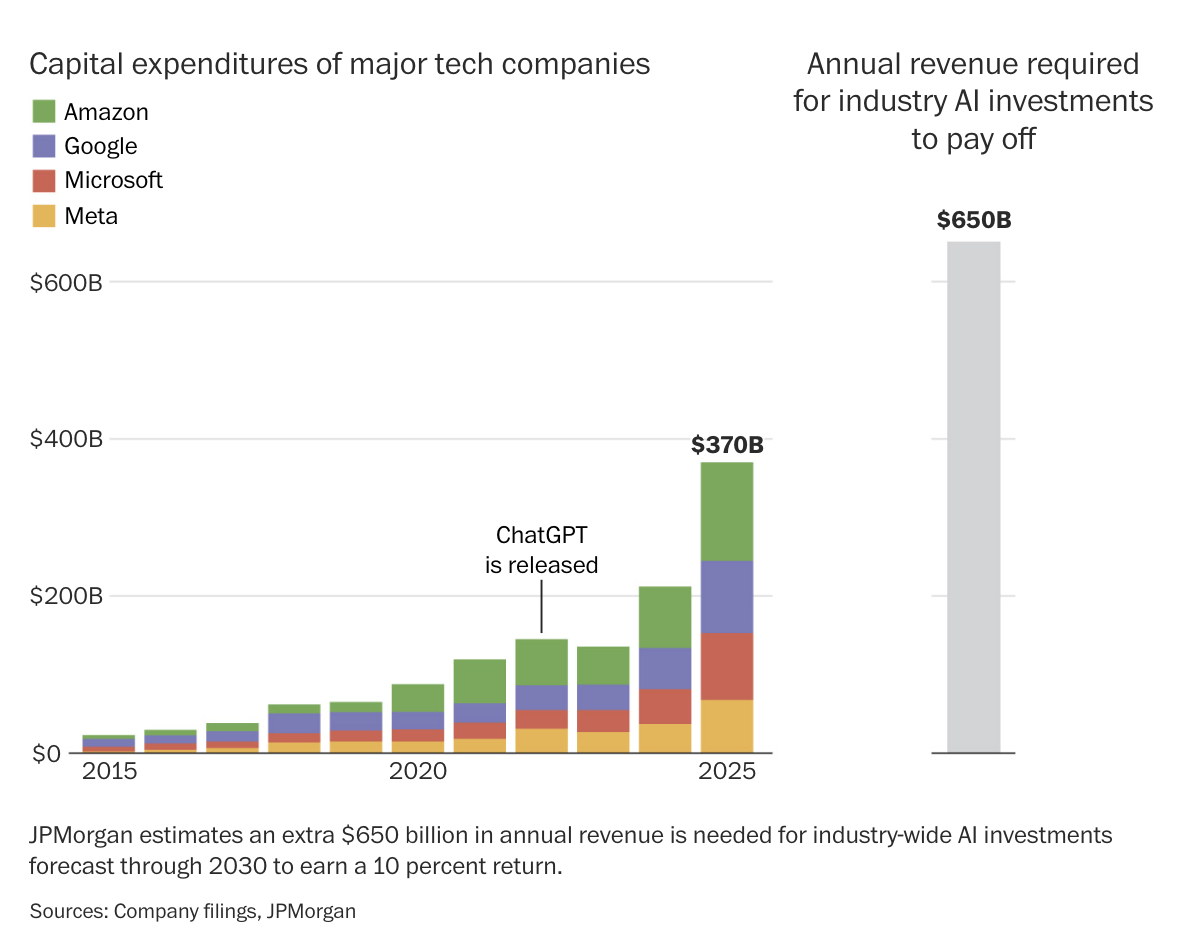One of the biggest challenges for investors is recognizing exactly how little we know about what the future holds. It is a rare moment in market history when what comes next is extremely obvious to most investors.
A few examples – and feel free to push back on these – include the post-1987 crash, the peak Dotcom/Tech bubble in Q1 2000, the subprime mortgage boom and bust that led into the Great Financial Crisis, and the March 2009 lows.
Those examples may appear obvious in hindsight. Recall how few people bought in circa March and April 2009; by October, the move off the GFC lows was being called “The Most Hated Rally” in stock market history. Fast forward three years to 2012, and strategists were the most bearish they had been on equities since 1985.
Too many people fail to recognize how challenging it is to identify these generational market turning points in real time. This is important when groups of people declare future outcomes with both abundant confidence and a lack of humility.
Recall the now-infamous Fed Chair Alan Greenspan’s December 5, 1996 Irrational Exuberance speech. The market moved modestly upwards for another two years before exploding higher in late September 1998 (LTCM bailout), and then again in October 1999 (Pre-Y2K Fed liquidity injection).
With the benefit of hindsight, that now seems More like “Rational” than “Irrational” exuberance. The S&P500 gained 88.6%, but the more speculative Tech and Dotcom sector, represented by the Nasdaq 100, gained an astonishing 454.5%.
Perhaps we are in the late stages of an AI-driven bubble; we could just as easily be in a once-in-a-generation transformational technology boom that will drive both the economy and the stock market in positive directions for years to come.
As my colleague Ben Carlson asked, “Is this 1996 or 1999?” I floated a broader question last month:
When was the last time the crowd, the media, or Wall Street accurately identified a bubble in real time?
By definition, it takes a crowd to drive prices to bubblicious levels. It is a challenge for the crowd to simultaneously speculate on a bubble and accurately identify one as it inflates.
See the Goldman Sachs’ chart of Forward P/E ratios by theme (at top). Some sectors are extremely overpriced—new IPOs and Meme stocks are trading at ridiculous forward earnings, mainly because they have very little or no earnings. The S&P 493—S&P 500 minus the Magnificent 7— however, is not in bubble territory at 20.7 P/E. Pricey, yes, but not bubblicious.
Given the profit growth over the past few years (and expectations of lower interest rates), can investors rationally believe that prices are not entirely irrational?
Jurrien Timmer of Fidelity observes “Meme stocks have lost some 60 P/E points, while the big players (Mag 7) trade at a [more] reasonable 32.6x and the S&P 493 at 20.7x. For the large caps these are not bubble valuations.”
That is where we are today: A 15-year rally that was initially built on a market that was cut in half (2007-09), followed by a post-crash recovery that was helped along by zero-interest rate policy, leading into the pandemic, which itself was helped along by the single largest fiscal stimulus as a percentage of GDP since World War II. Today, we see AI driving a market that continues to post record earnings. There is enough rationality that a run-of-the-mill 5% pullback sends the VIX up to 25, with genuine fear amongst traders and policymakers.
The key question investors face is this:
Is Artificial Intelligence more like the internet on the economy, where it continues to boost economic activity and efficiencies long after its introduction? Or are we in a period of malinvestment and reckless speculation that leads to a bubble and a market crash? Both?
You can cherry-pick charts that show a bubble or not.
Consider this chart (via the Washington Post) of Nvidia’s revenues. $57 billion per quarter in revenue is nothing like what we saw among the DotComs in the late 1990s; note the Magnificent 7 collectively pull in more than $2 trillion annually in revenues.
But the next chart is the one that I found especially compelling: Will investments in AI payoff to the tune of $650 billion in revenues above current levels by 2030?
If you suspect you know the answer to that, you know how to deploy your capital. If you are confident you know the answer, the odds suggest you may be overplaying your hand.
Previously:
The Most Hated Rally in Wall Street History (October 8, 2009)
Understanding Investing Regime Change (October 25, 2023)
A Short History of Bubbles (October 24, 2025)
The Magnificent 493 (August 12, 2025)
All Time Highs Are Bullish (June 26, 2025)
The Stock Market Remains Undefeated (May 19, 2025)
RealTime Bubble Checklist (October 16, 2025)





